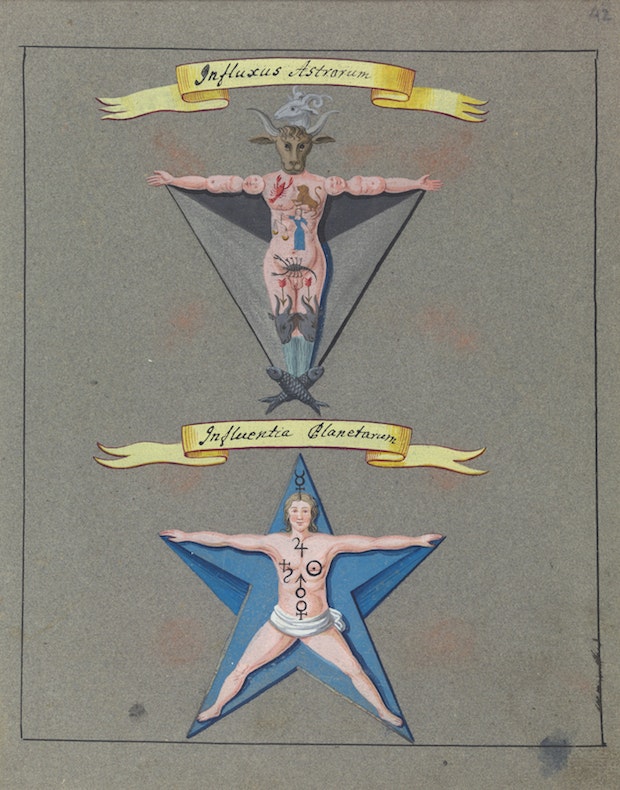“That one was the gift of God… of Ja actually—the god of marijuana, right? So Ja gave me that one.”
The Beatles 1966 Revolver, a mini-masterpiece, contains all the elements that would inform the band’s revolutionary late-60s sound on Sgt. Pepper’s, Abbey Road, The White Album, and Let it Be. The album’s first track, “Taxman,” announced “a sweeping shift in the essential nature of the Beatles’ sound,” writes music historian Kenneth Womack. Its ultimate track, “Tomorrow Never Knows,” was “the greatest leap into the future” up to that point in their career, argues pop culture writer Robert Rodriguez, who literally wrote the book, or a book, on the sea change that was Revolver.
Critical to discussion of this period, however, is a single that appeared at the same time, and proved just as important to the Beatles’, and thus pop music’s, evolution. Though not especially innovative musically or lyrically, “Paperback Writer” was the first Beatles’ recording to bring Paul McCartney’s bass forward in the mix, showcasing the utterly distinctive playing that would later form the backbone of songs like “Come Together.” The record’s B‑side, “Rain,” moreover, is the first Beatles song to use backwards tape, a staple of psychedelic music thereafter.
In fact, “Rain” was “the first backwards tape on any record anywhere. Before Hendrix, before The Who, before any f*cker,” John Lennon bragged. (He conceded that the novelty hit “They’re Coming to Take Me Away, Ha Haaa!” got there a little earlier, “but it’s not the same thing.”). Lennon claimed the song as his, although McCartney later claimed co-authorship. But Lennon gave credit for the backwards voices and guitars to “Ja,” telling Playboy in 1980:
I got home from the studio and I was stoned out of my mind on marijuana… and, as I usually do, I listened to what I’d recorded that day. Somehow it got on backwards and I sat there, transfixed, with the earphones on, with a big hash joint.
There’s much more to the story of “Rain,” as you’ll hear in the You Can’t Unhear This video above. The track came out of “what would arguably be the most revolutionary week of their recording career… working closely with their beloved producer George Martin and an eager young EMI engineer named Geoff Emerick.” In “Rain,” specifically, they took full advantage of a discovery made on “Tomorrow Never Knows” — the impact of slowing down recordings.
The band “played the rhythm track really fast,” during recording, “so that when the tape was played back at normal speed everything would be so much slower, changing the texture,” remembered Emerick. This led to what McCartney would call a “big ominous noise”:
The drums became a giant drum kit. If you slow down a footstep it becomes a giant’s footstep, it adds a few tones to the weight of the person. So we got a big, ponderous, thunderous backing and then we worked on top of that as normal.
Ringo called it the greatest performance of his musical career: “I think I just played amazing… I think it was the first time I used this trick of starting a break by hitting the hi-hat first instead of going directly to a drum off the hi-hat.”
Contrarians love takes about iconic artists like the Beatles that overstate the importance of deep cuts and minor recordings. But in the case of “Rain” — the B‑side of a 1966 single that didn’t appear on the album that changed rock and roll and the counterculture that same year– believe the hype. The Beatles themselves single out the song as seminally important to their musical development for good reason. Or as Sir Paul recalls, “It was nice, I really enjoyed that one.”
Related Content:
How “Strawberry Fields Forever” Contains “the Craziest Edit” in Beatles History
Hear the Beautiful Isolated Vocal Harmonies from the Beatles’ “Something”
Lennon or McCartney? Scientists Use Artificial Intelligence to Figure Out Who Wrote Iconic Beatles Songs
Josh Jones is a writer and musician based in Durham, NC. Follow him at @jdmagness














